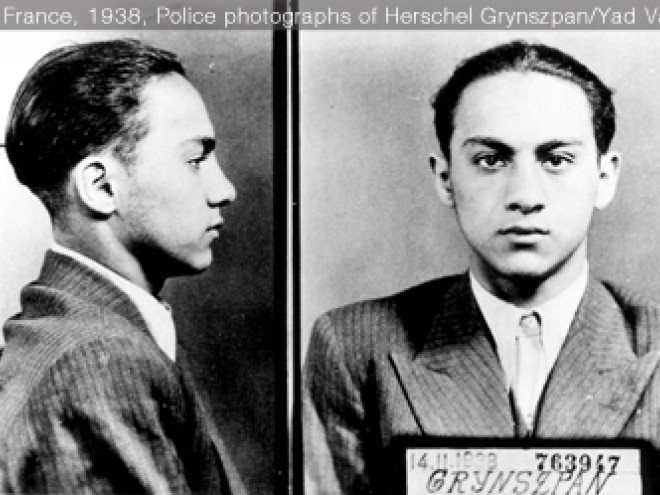The focus of this book is a Holocaust controversy that embroiled French and French-Jewish society in the mid 1960’s, set off by the publication of Jean-François Steiner’s book, Treblinka: The Revolt of an Extermination Camp. In a meticulously researched and clearly and cogently written study, Moyn demonstrates how this intellectual controversy had far reaching consequences that transformed Holocaust awareness and that still resonates today in issues surrounding the uses and abuses of the Holocaust. Steiner’s best-selling text depicted Treblinka, one of the principal Nazi death camps, erected in 1942 as part of Aktion Reinhard where approximately 800,000 Jews were murdered over the year and a half of the camp’s existence. The book also described the August 2, 1943, insurrection by the Jewish inmates of the camp.
The controversy essentially pivoted on three theses offered by Steiner. The first argued — offensively for many — that the victims were essentially complicit in their own deaths and the second, for the need to connect the heroism of the revolt as being, in a fashion, a response by the resisters to that shameful complicity. Thirdly, Steiner’s book heralded a shift in post-Holocaust understanding from a broadly universalistic paradigm that connected the Holocaust to other Nazi crimes, to a new standard of memory in which the Holocaust received specific attention as a phenomenon in its own right, with a focused Nazi agenda of Jewish annihilation. The book was also controversial because Steiner made it a principle of research to base his account not on the historical and governmental sources that illuminate Nazi terror from the point of view of its perpetrators and its organization— as Raul Hilberg did — but instead relied almost exclusively on the testimonial sources of the victims. Ironically, some of Steiner’s survivor sources would later repudiate the book, claiming that Steiner misrepresented their testimonies in order to make his point about Jewish complicity.
In uncovering and analyzing the controversy for contemporary readers, Moyn provides an entry for productive examination of some of the compelling issues still animating Holocaust scholarship, including how best to conceptualize Nazi criminality, the question of Holocaust particularity, the issues of Jewish complicity and resistance, the effect the Holocaust should have on framing Jewish identity, and the uses and abuses of the Holocaust to further other agendas. The book is timely, important and quite suggestive.





